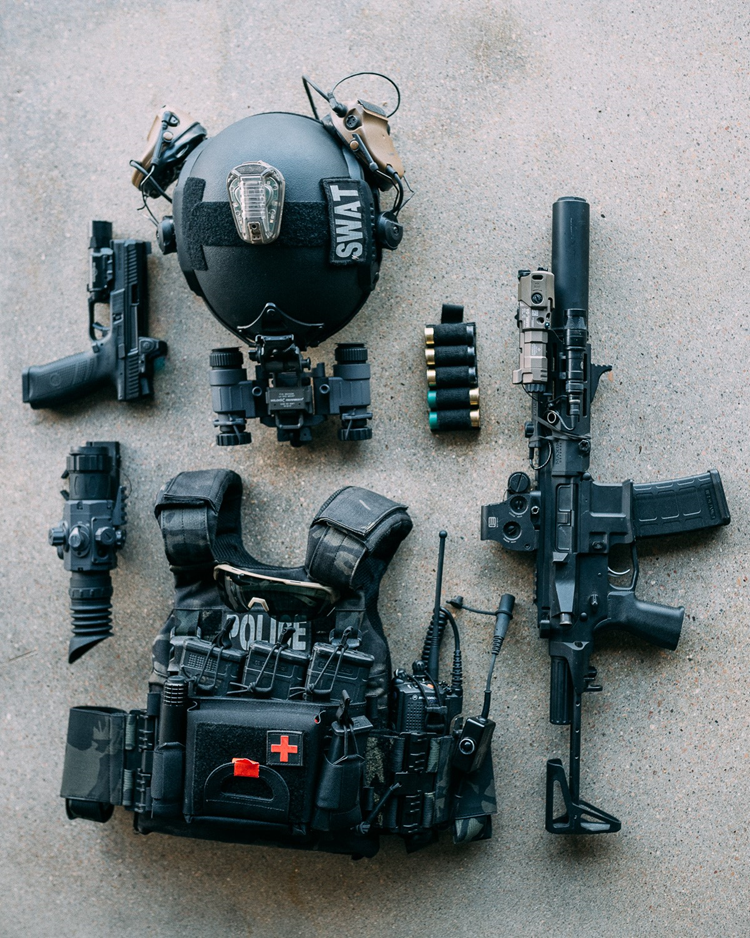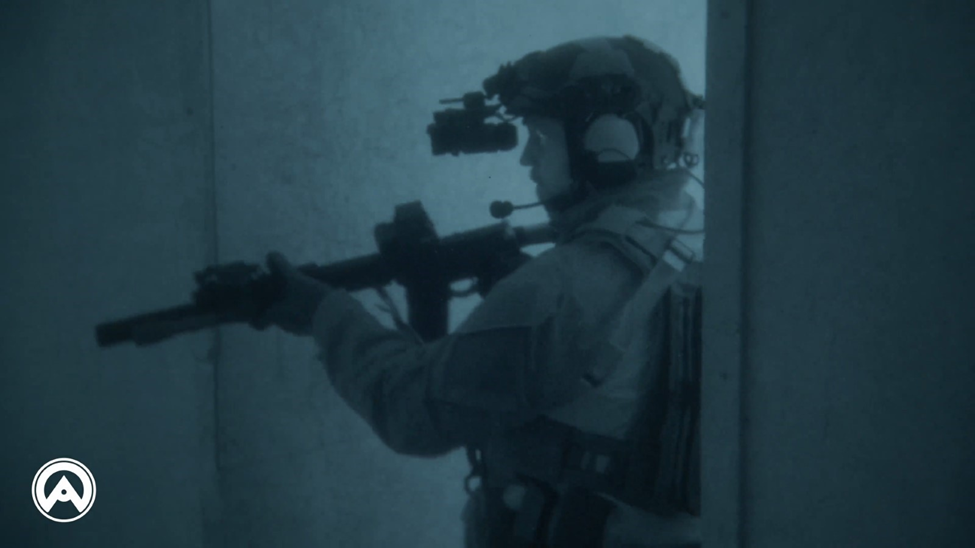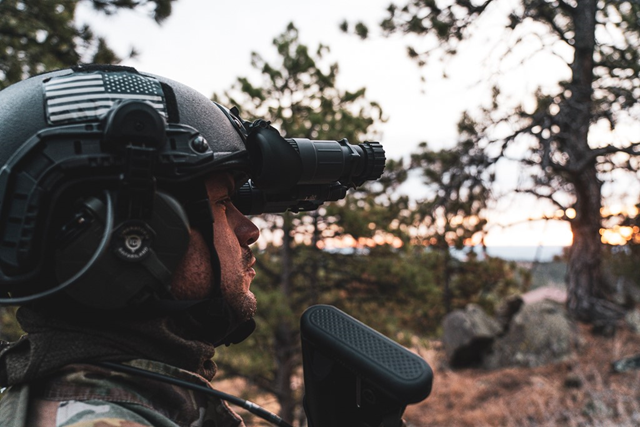Answering the Most Common Questions About Night Vision
Jul 11th 2024
Night vision technology has revolutionized various fields, from military operations and law enforcement to wildlife observation and recreational use. At Armasight, we often receive numerous questions about how night vision works and how to choose the best devices. In this blog, we'll address some of the most frequently asked questions about night vision in detail.

Figure 1: LE Tactical Loadout kit
How Does Night Vision Work?
Night vision devices (NVDs) enhance visibility in low-light conditions by amplifying available light. Here’s a closer look at the technology:
1. Image Intensifier Tube: The core component of most NVDs, the image intensifier tube, collects and amplifies photons (light particles). The process involves several stages:
- Photocathode: Converts incoming photons into electrons.
- Microchannel Plate (MCP): Multiples these electrons through a process called secondary emission.
- Phosphor Screen: Converts the electrons back into visible light, creating an image.
2. Infrared (IR) Light: Some NVDs use IR light to enhance visibility in complete darkness. These devices often come with built-in IR illuminators, which emit infrared light that is invisible to the naked eye but can be detected by the NVD.
How Far Can Night Vision See?
The range of a night vision device depends on several factors:
- Generation of the Device: Higher generations (Gen 2+ and above) offer better range and image quality.
- Ambient Light: More ambient light (moonlight, starlight) can increase the effective range.
- Weather Conditions: Fog, rain, and dust can reduce visibility and range.
For example, a Gen 3 device like the Armasight PVS-14 can typically detect objects at distances of up to several hundred yards in optimal conditions.

Figure 2: POV through an Armasight PVS14 Gen 3
What Are the Differences Between Thermal and Night Vision?
Night Vision
- Light Amplification: Night vision devices amplify available light, including infrared light.
- Image Clarity: Provides clearer and more detailed images, useful for identifying features and reading.
- Ideal Conditions: Best in low-light conditions but requires some ambient light.
Thermal Imaging
- Heat Detection: Thermal devices detect heat signatures emitted by objects and visualize them as images.
- All Conditions: Effective in complete darkness, through smoke, fog, and light foliage.
- Use Cases: Ideal for detection and tracking, useful in various environments where visibility is compromised.
How to Choose Between Thermal and Night Vision?
- Detection vs. Identification: Use thermal for detection and night vision for identification.
- Environment: Thermal is better in varied environmental conditions, while night vision excels in clear, low-light conditions.
What Are the Different Generations of Night Vision?
Night vision devices are classified into generations, each offering different levels of performance:
Gen 1
- Technology: Uses a basic image intensifier tube.
- Performance: Lower resolution and range.
- Use Case: Affordable, suitable for casual or recreational use.
Gen 2
- Technology: Includes a microchannel plate for better electron multiplication.
- Performance: Improved resolution and sensitivity.
- Use Case: Suitable for more serious applications, including some professional uses.
Gen 3
- Technology: Incorporates a gallium arsenide photocathode for superior performance.
- Performance: High resolution, longer range, and better image clarity.
- Use Case: Ideal for military, law enforcement, and professional use. For example, the Armasight BNVD-40 offers excellent performance in this category.
How to Use a Night Vision Scope?
Using a night vision scope involves a few key steps:
1. Mounting: Attach the scope to your weapon or use it handheld.
2. Power On: Turn on the device and allow the image intensifier tube to warm up.
3. Adjust Settings: Fine-tune the focus, gain control, and brightness to suit your environment.
4. IR Illuminator: Activate the IR illuminator in complete darkness for enhanced visibility.
5. Aiming: Use the reticle for aiming if mounted on a weapon.
Safety Tips
- Avoid Bright Lights: Sudden exposure to bright light can damage the image intensifier tube, if exposed for a prolonged time.
- Regular Maintenance: Keep the lens clean and store the device in a protective case.
Conclusion
Night vision technology opens up a world of possibilities for various applications. Whether you're choosing between thermal and night vision or deciding on the right generation for your needs, understanding these technologies can help you make informed decisions. Armasight offers a range of high-performance night vision devices to meet your needs, from casual use to professional applications.
For more information on our products and how they can enhance your night vision capabilities, visit Armasight.
Feel free to reach out with any further questions or for personalized advice on selecting the best night vision device for your specific requirements.

Figure 3: Soldier wearing Armasight BNVD-40 NV Goggles
